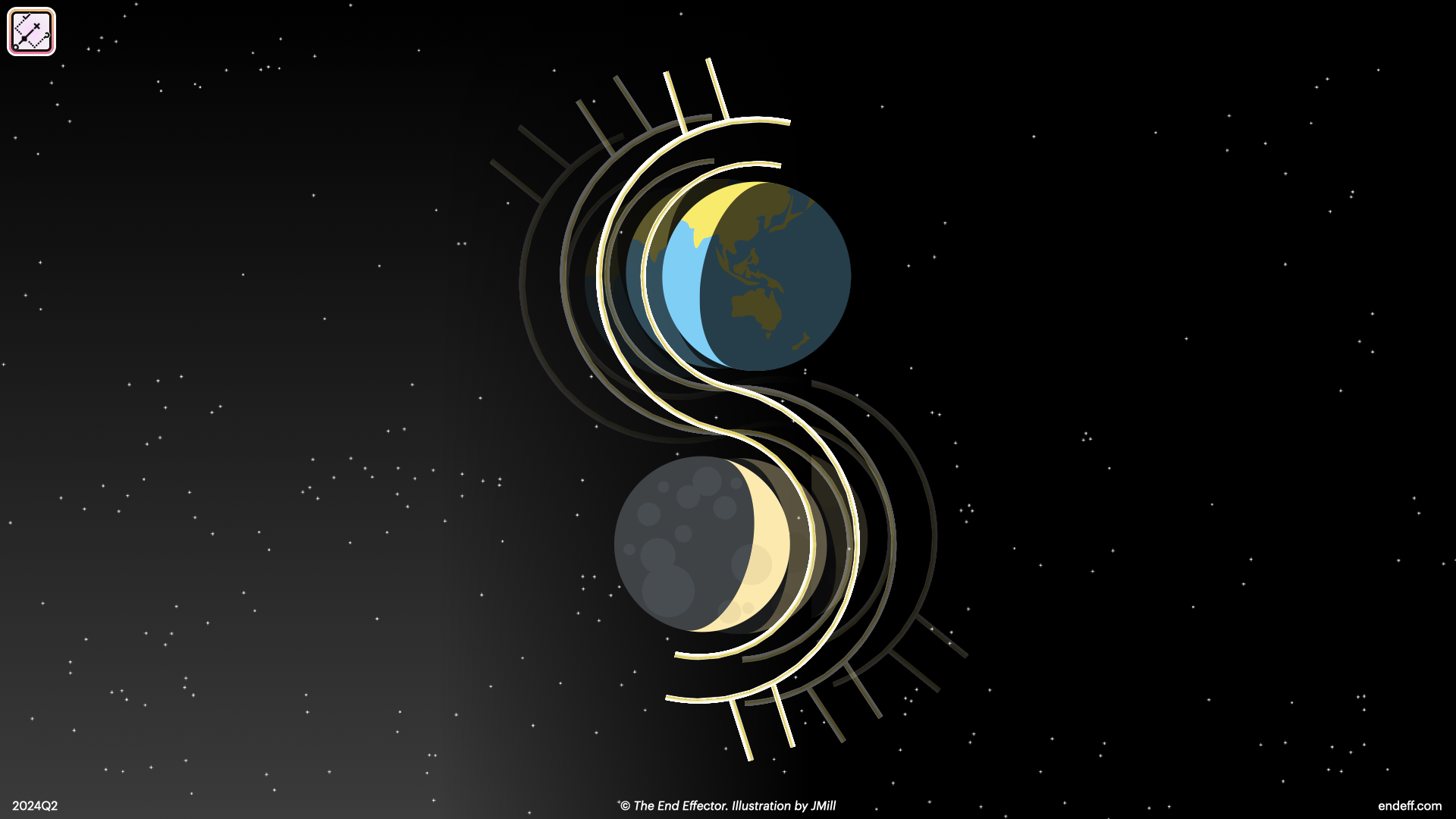Space for Earth and Earth for Space
by JMill. March 15, 2024 | Space for Earthlings 🌏🛰️

It has long been a point of advocacy for organizations such as NASA to justify its Space ambitions as benefitting Earthlings through the development of new technologies, from camera phones to ‘astronaut ice cream’. It is unsurprising that NASA’s Technology Transfer Program (TTP) is the Agency’s longest continually operated program. Space Technology Directorate Associate Administrator James L. Reuter stated:
“One partner invented a laser a fraction of the size of any comparable laser, which can now analyze Earth’s atmosphere, improve glaucoma treatment in developing countries, and more. The 2020 [Mars] rover [carried] the first aircraft – a helicopter, in fact – to fly in Mars’ thin atmosphere. The company that built the craft’s rotors and other components, which has worked with NASA on multiple previous aircraft, applied its Mars-honed expertise in the creation of a commercial drone that’s now helping farmers monitor their crops.”
The statement above was included in NASA’s Spinoff publication. If you ever have the opportunity to get your hands on a recent edition, it’s a great read. It is truly incredible the breadth of industries that have incorporated NASA-origin technologies.
See our Self Assessment Guide for the Executive Earthling for more on technology transfer opportunities.
Savvy Earthlings leading terrestrial companies may uncover opportunities to tailor their existing services to the burgeoning Space sector. For example, SpiderOak and Dotphoton have developed or expanded their services with Space customers in mind.
SpiderOak for years has provided data backup services with best-in-class security to enterprises, small businesses, and consumers. The company expanded its product-service offerings oriented to organizations managing Space assets.
Dotphoton is a team of image compression experts who developed software for reducing the filesizes of hefty RAW photographs taken by common DSLR cameras. Among the world’s experts in preserving image data while reducing the overall data payload, the team’s sophisticated noise filtering and sensor characterization turns out to be effective for Space-based imaging services. (Dotphoton and the European Space Agency began a partnership in 2022.)
There will be growth opportunities in supporting orbital data streams, particularly how Space-based assets are increasingly Internet-connected. One of the under-rated but key advantages of “5G” connectivity is how Space- and Earth-based assets can communicate readily on the same standard, rather than getting mired in tower-of-babel issues that have been challenging and expensive to address to-date.
𝝭
⃪ View “How to think about new Space capabilities”
(previous article)
View “Tunable gravity” →
(next article)
“…but deep down, don’t you feel it, too? ‘Maybe someday’ is just today waiting for a nudge.”
Net proceeds from The End Effector are given to foundations, initiatives, and charities advancing interdisciplinary sciences.

